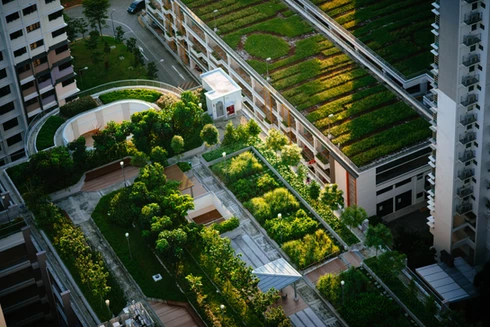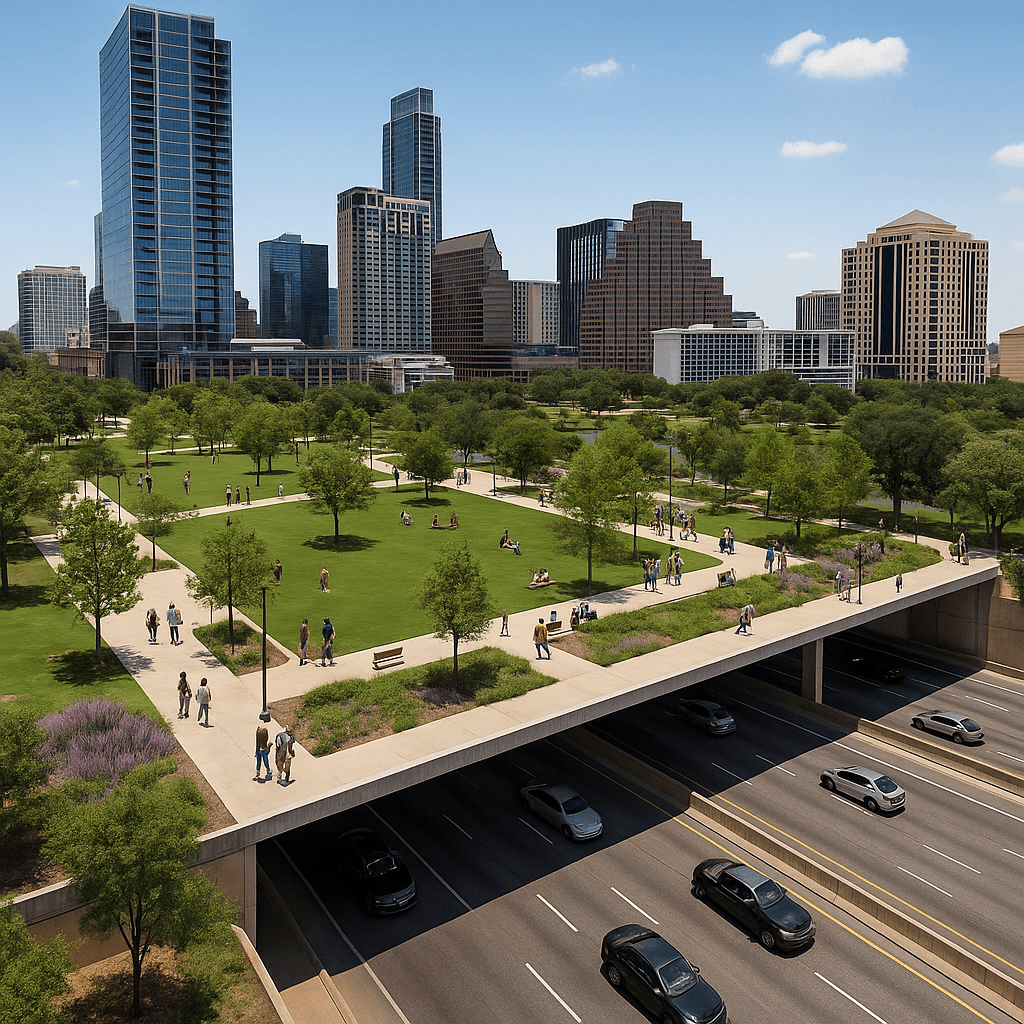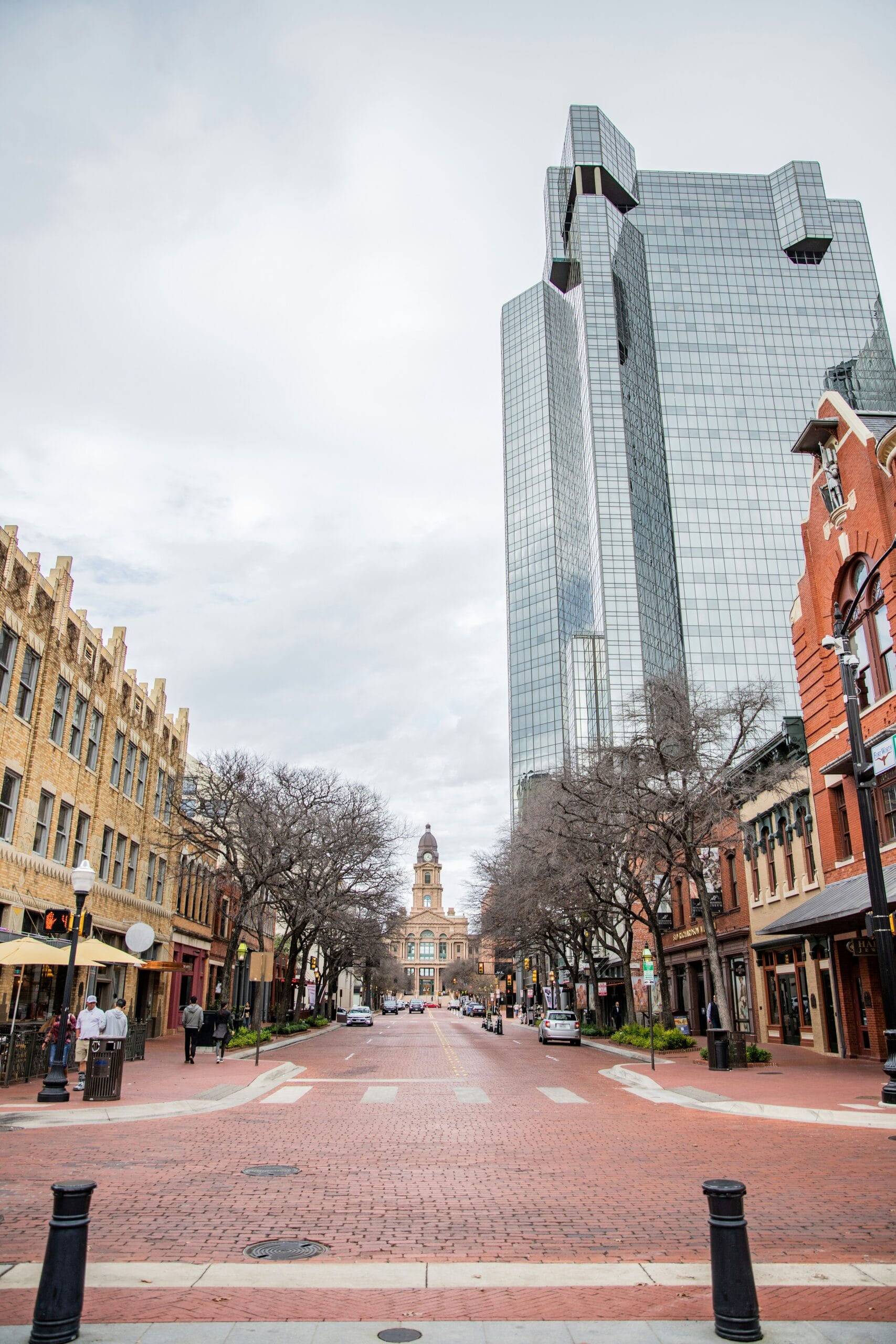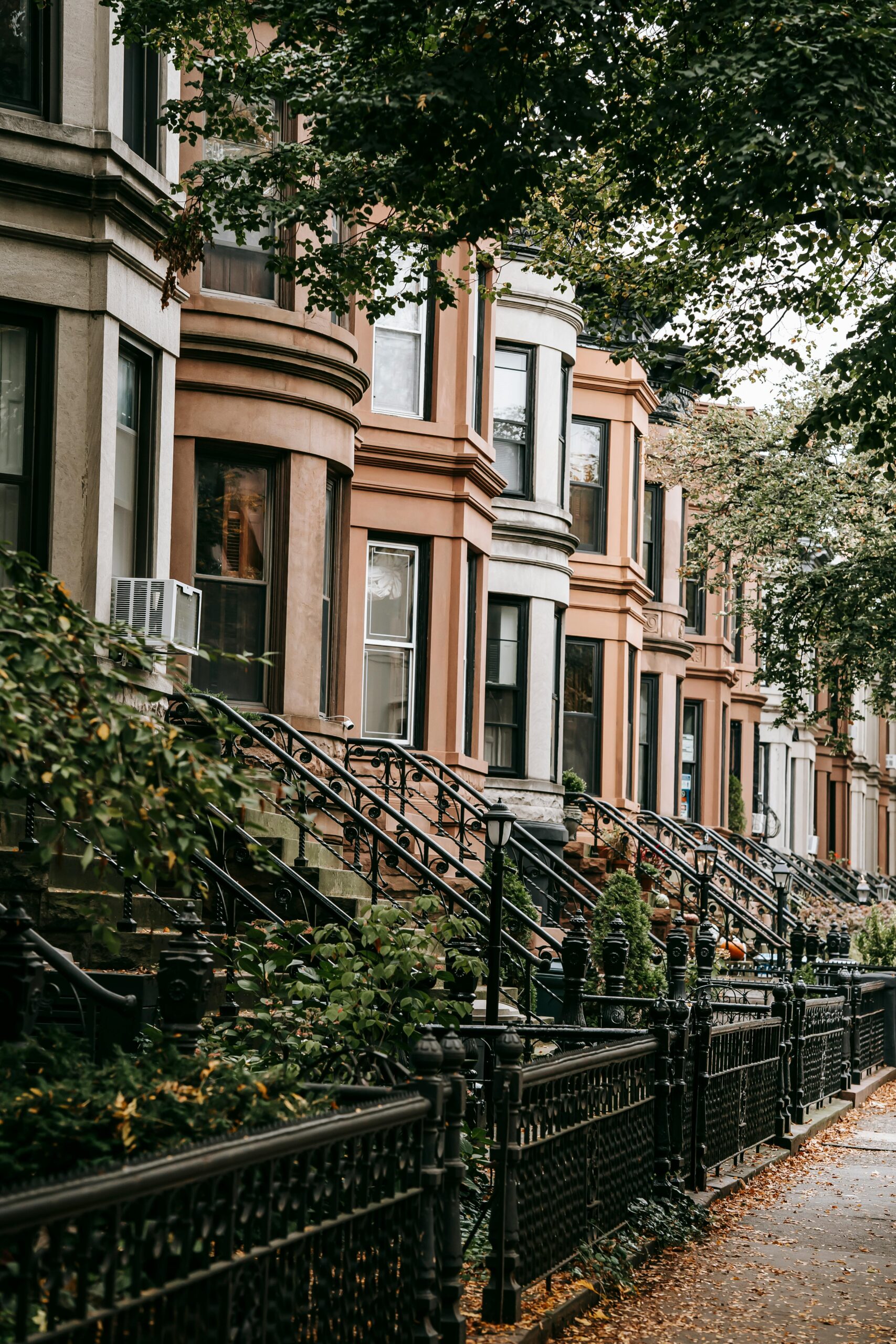Urban farms have repurposed some urban areas to grow and sell produce locally.
In Detroit, there are at least 21 urban farms that have helped revitalize and transform the City.
While urban farms may not be for everyone, it does help show how land can be used creatively to benefit local residents.
Well it is Thanksgiving week. As I get older, the years seem to fly by faster and faster. Anyway, as I was thinking about Thanksgiving and what I should write about, I thought about what Thanksgiving is all about. And, of course, its about being with family and being thankful – but mostly its about food.
But this is nominally a commercial real estate blog. So writing about my favorite deep fried turkey recipe probably isn’t what y’all are looking for. Then I remembered what I saw on a recent trip to Detroit – a marriage between real estate and food. Detroit has a number of urban agriculture spots throughout the city that I thought were incredibly fascinating. So that’s what I am writing about this week – urban farms.
What is Urban Farming?
Urban farming is exactly what it sounds like. It is using space in the middle of an urban area to produce agricultural products. The size can vary but generally the farms grow a variety of fruits and vegetables. Some people often confuse this with a community garden – but urban farming is different. The people who run urban farms do it for commercial means – they are generally growing the produce to sell it. As opposed to community gardens, where the residents grow for their own use.
Urban areas can sometimes become food deserts where local residents do not have access to high quality, fresh produce. Urban farms, therefore, are often used as a way to increase access to locally grown food as well as reintroduce the public to a food culture that may have been lost. And as technology advances, urban farmers have been able to move beyond traditional urban methods and expand their operations and growing seasons. These innovations include vertical farms, hydroponic greenhouses (e.g., soilless systems), and aquaponic facilities (e.g., growing fish and plants together in an integrated system).
As a result, some urban areas are experiencing a food renaissance with locally grown food being reintroduced into the community.
Detroit’s Urban Farming Culture
I have written previously in this blog that in 1950, Detroit had about 1.85 million residents. And, as of the last census, it has approximately 640,000 residents. While that is obviously not good for any city, one unintended benefit is that there is a lot of vacant land in Detroit that creative people can develop. And some of those creative people have used that land for urban farming.
One such farm on Detroit’s north side is run by the Michigan Urban Farming Initiative. It has a 3 acre tract that it founded in 2012 to reintroduce agriculture to help eliminate food insecurity in the area. According to the Initiative, this space is heavily themed by “adaptive reuse of the built-environment” in which it is hoping to demonstrate everything from best practices for sustainable urban agriculture, effective strategies for increasing food security, cost-competitive and scalable models for blight deconstruction, and innovation in blue and green infrastructure.
But that is not the only urban farming spot in Detroit. There are at least 21 such farms throughout the City. As mentioned above, these urban farms are reintroducing fresh, locally grown produce to areas that may have lacked access to that. That has an obvious health benefit for local residents. And the farms have become an attraction and a selling point for local property owners. Studies also suggest that urban farms may bring a community together, help improve local property values, as well as help residents eat healthier. The benefits, therefore, can be terrific for a community.
Look, I’m not saying that urban farms are appropriate for all cities. As I wrote above, Detroit is unique in that it has a lot of open space. But it does show what can be done when creative people think creatively. And maybe it will help give you a new idea with your next development.



